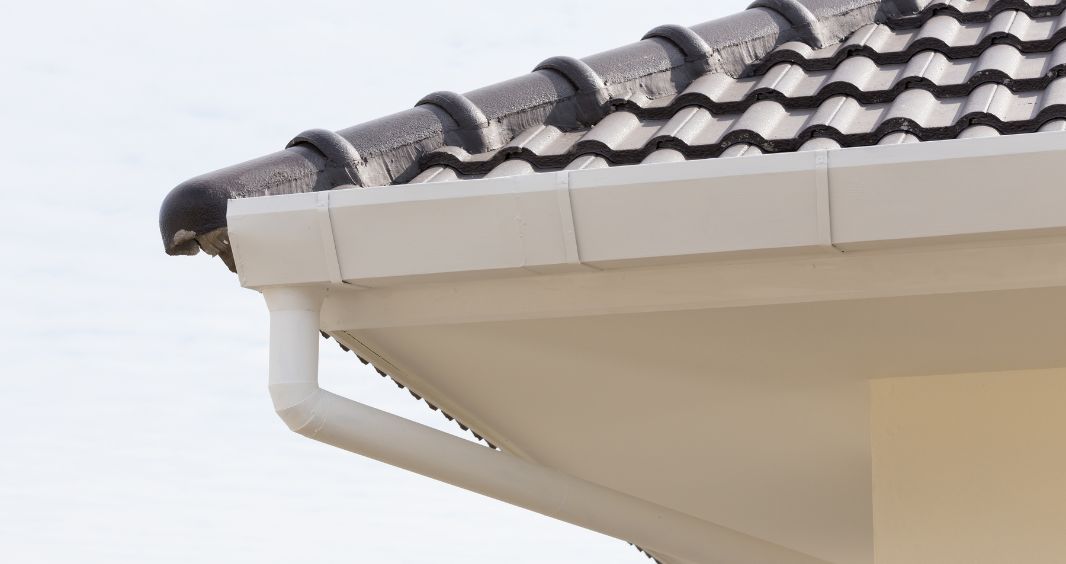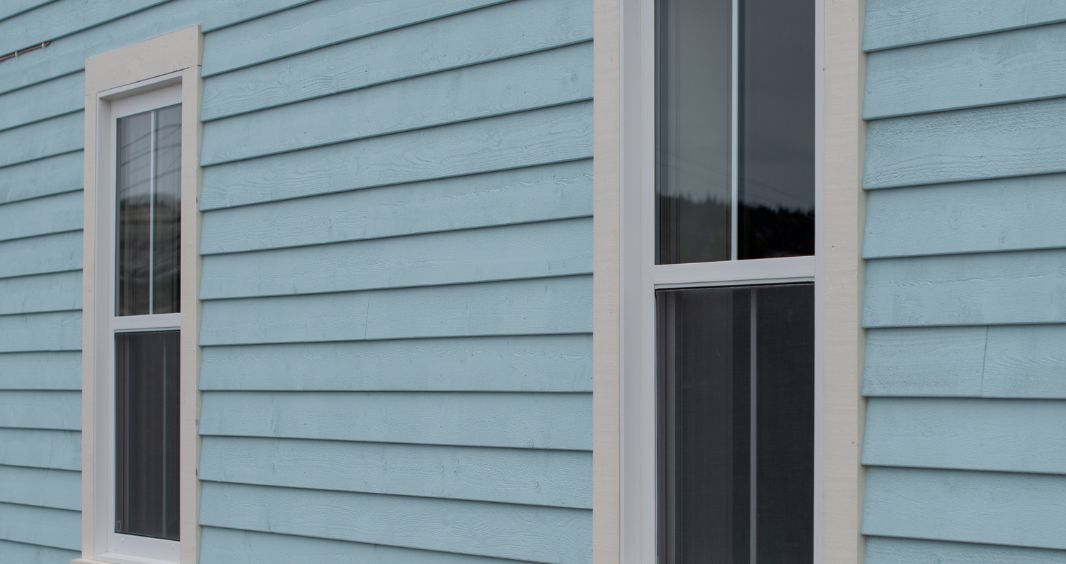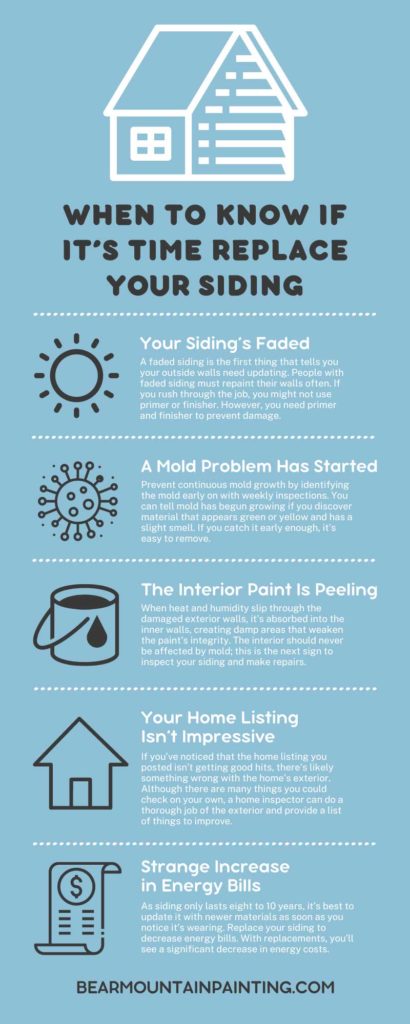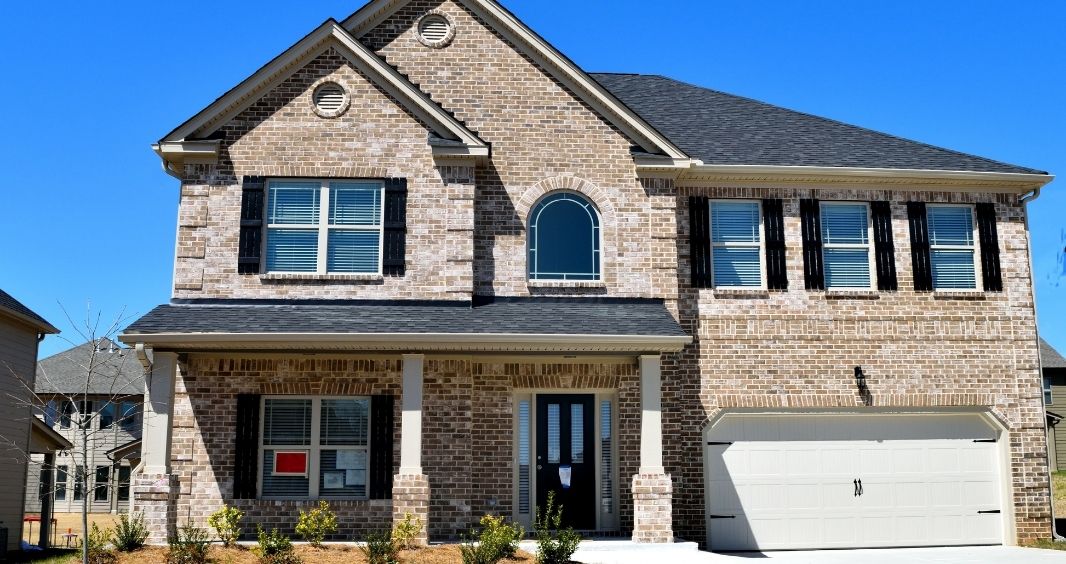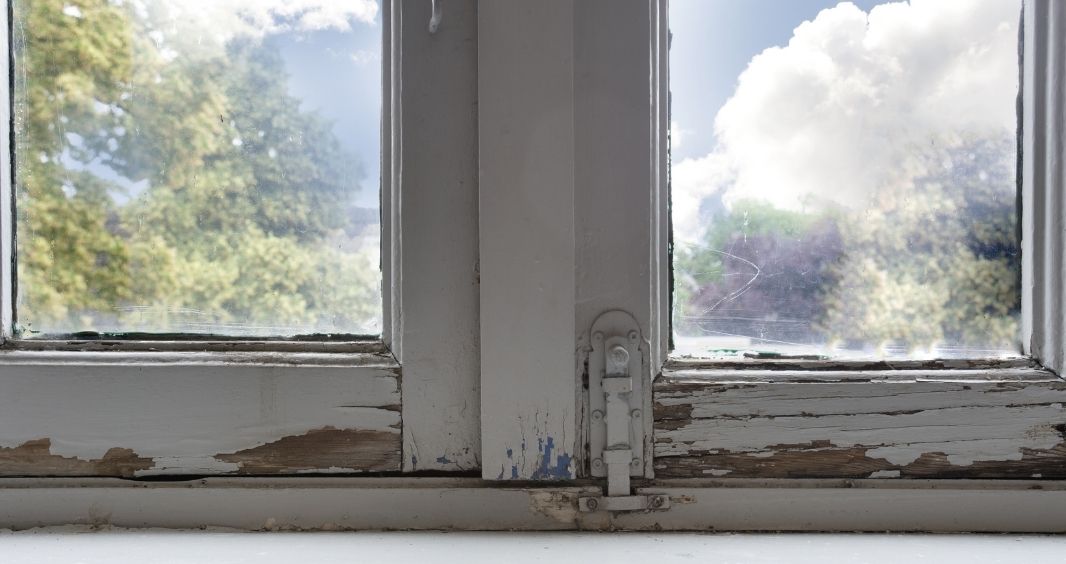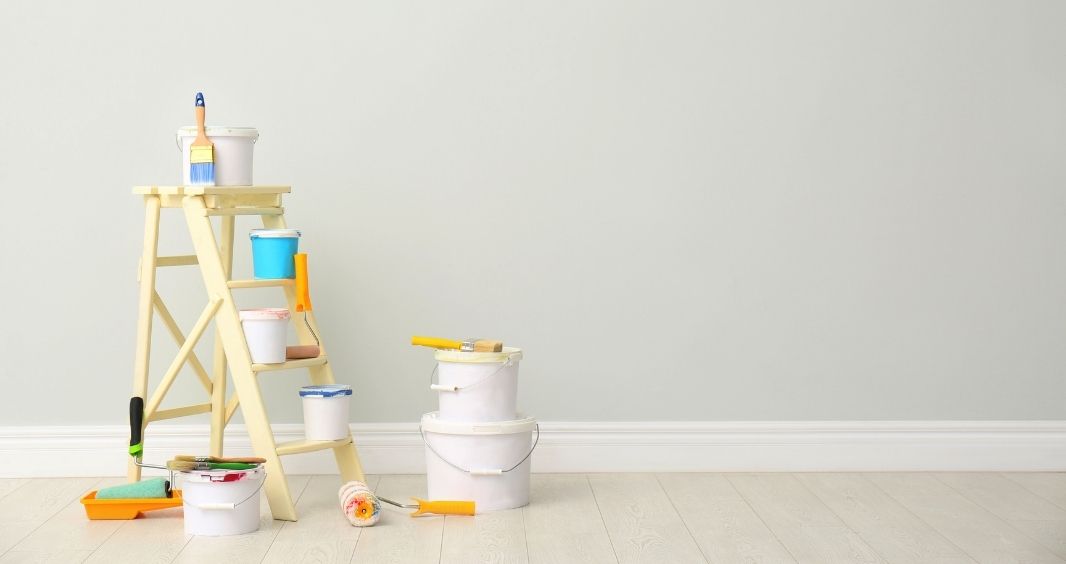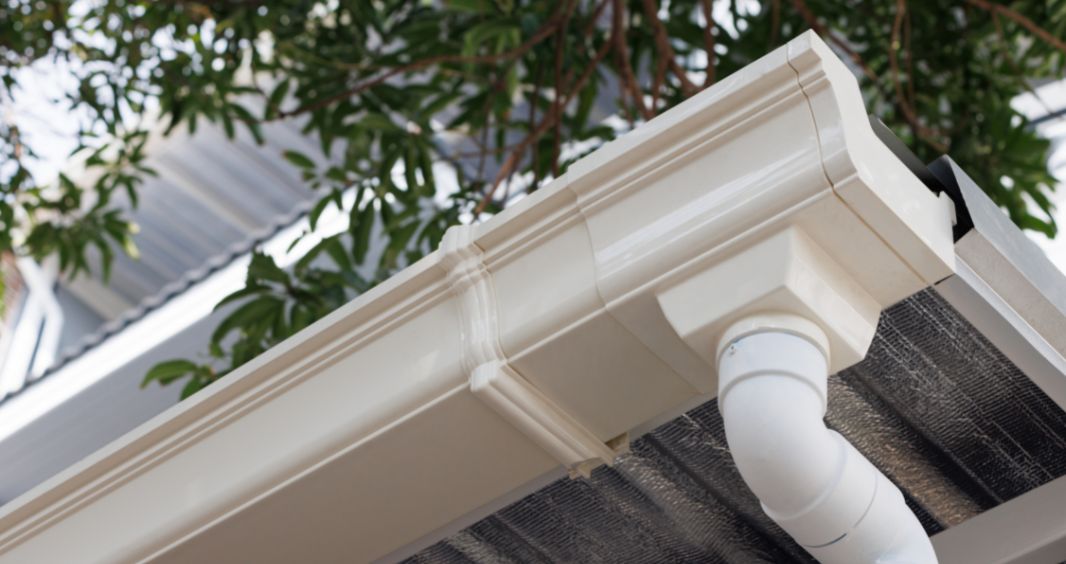
Steps You Should Take To Prepare Your Gutters for Winter
Winter’s a beautiful season, giving us more time to stay inside and enjoy the views from underneath cozy blankets. We also eat delicious comfort foods specific to the colder time of the year. However, winter can also be unpleasant. The harsher weather creates catastrophe for homeowners if they don’t prep their home’s exteriors correctly, including their gutters. To reduce the chance of foundation damage in the spring, follow the steps you should take to prepare your gutters for winter.
Inspect Your Gutters and End Caps
Your gutters and end caps—the plastic parts at each end of your drain—need an inspection. Whether it’s you or a professional doing the assessment, you must listen to what the inspector says about the gutter’s condition.
They’ll let you know if there are cracks, leaks, or a heavy amount of debris in the gutters or downspouts. After the inspection, you likely need one part replaced or an entirely new system. The professional will inform you about the cost of replacement parts or a full gutter replacement in Alpharetta.
However, if you don’t hire a professional and want to do this inspection on your own, you should look for these issues:
- Cracks
- Tears
- Loose pieces
- Leaks
If you want to check for leaks, pour water through the gutter and observe how it drains through the downspout. Record where water escapes from the most and where it lands. If it’s directly above the sides of the house, it’ll pool later and damage the foundation. So it might be best to get a new gutter system.
Clean the Gutters Out and Scoop out Any Dislodged Debris
Removing debris is something you should do on your own to prevent overflow and clogs. Snow packs onto the roof fast, so keeping your gutters clear can help drain the excess snow once it melts. Since your downspouts are the parts that drain the water, you need to ensure you thoroughly clear them out.
Hire a Professional To Install a New Gutter System
If your home doesn’t have a gutter system currently, or if yours has become damaged to the point of no return, then hire a professional to install a new system. A professional gutter installer knows how to install a new gutter structure onto your home safely. Now, you can worry less about heaps of snow piling and creating a huge mess come spring.
Make Changes To Prevent Post-Winter Damage
It’s also a good idea to install new features to your gutter system. You should consider extending the downspouts so that melted snow travels safely and doesn’t flood the ground. Additionally, leaves can become a hassle to remove from your gutters if you wait too long, so prune your tree branches while it’s still nice out.
The winter season is great, but it’s not fun dealing with the aftermath in the spring. After learning how to prepare your gutters for winter, consider hiring a professional home gutter installation specialist from Bear Mountain Custom Painting. We’re here to help clear out and install a new gutter system to protect your home.
